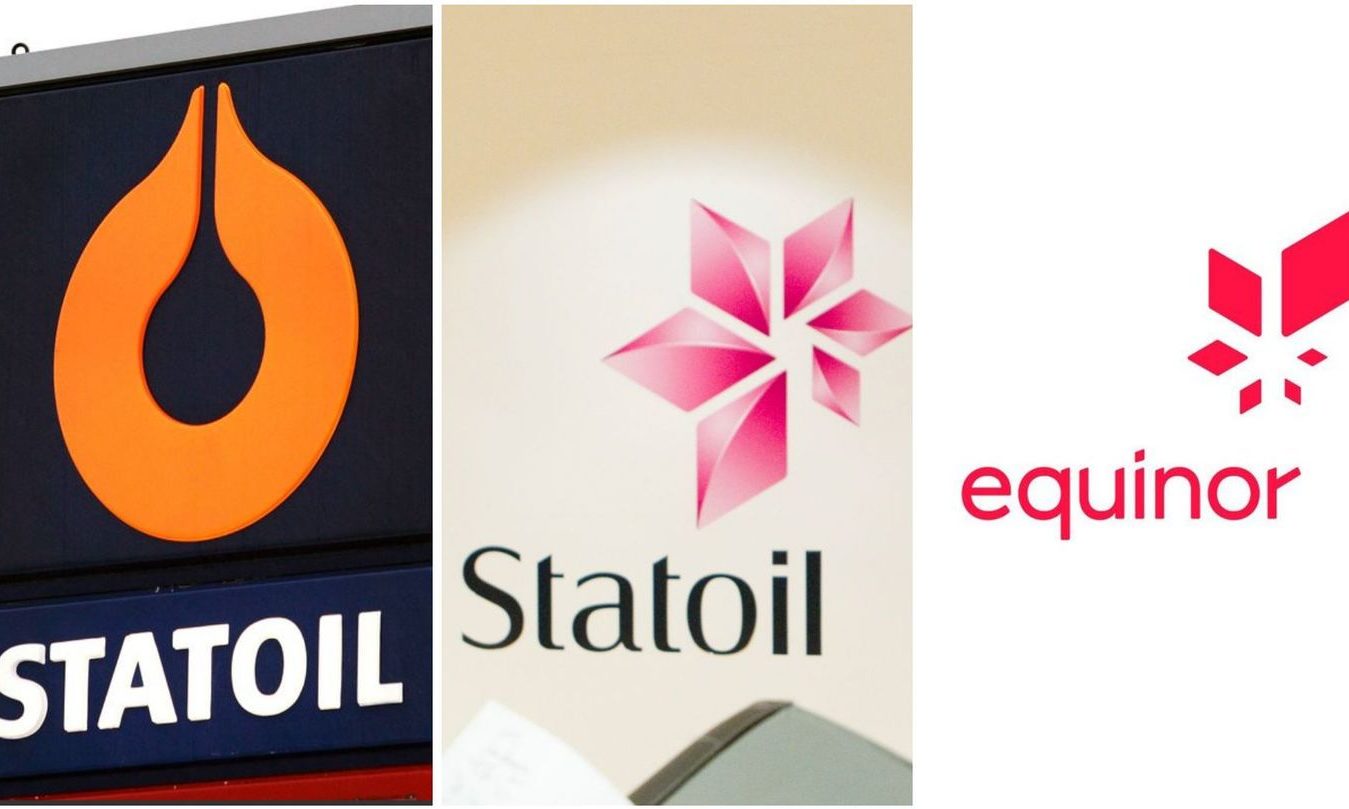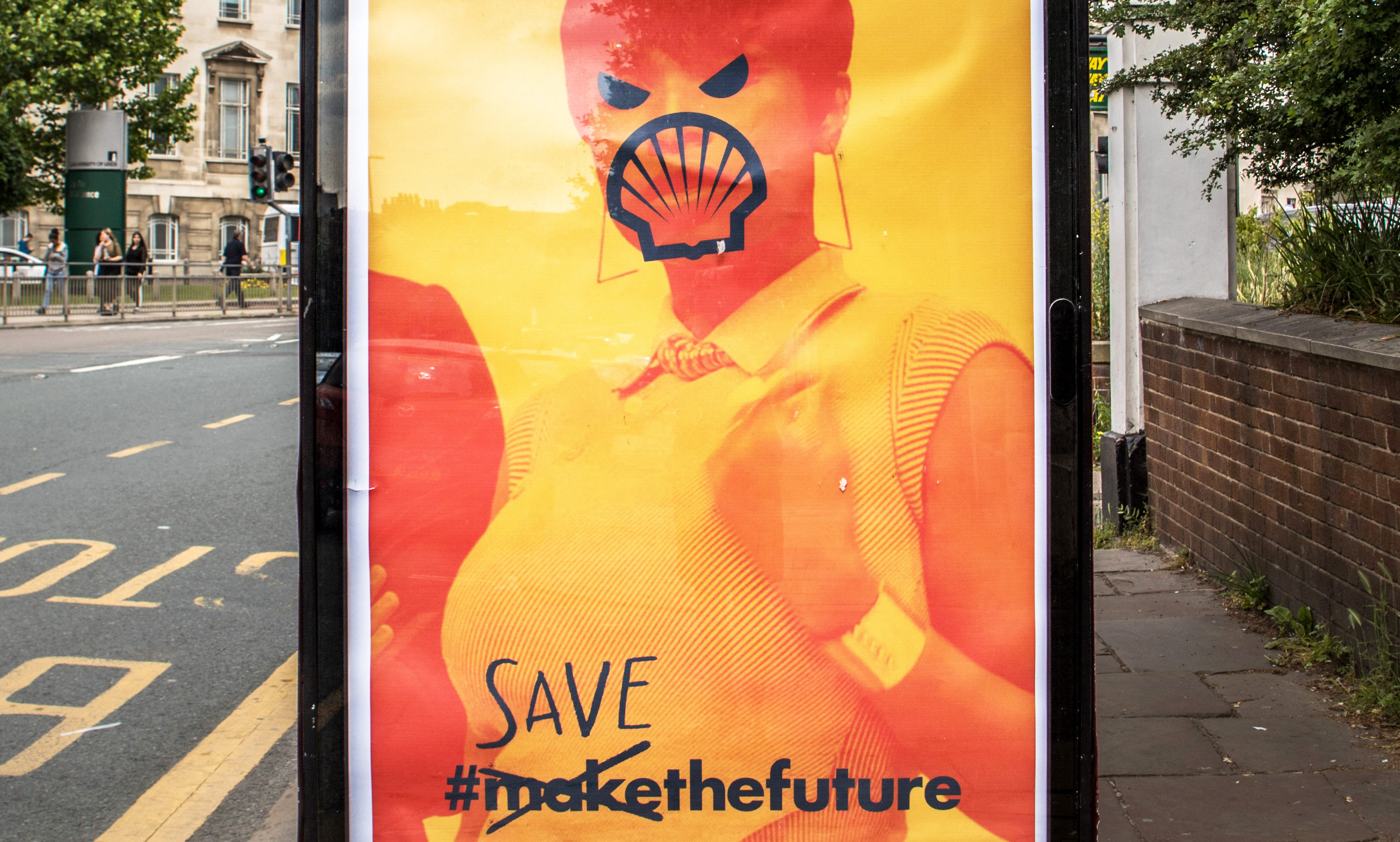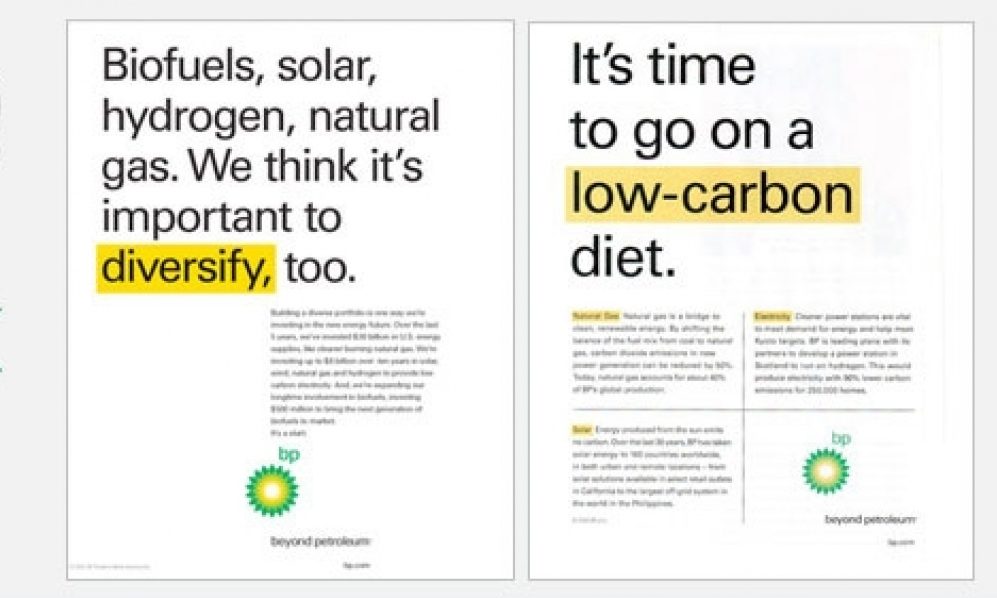
Greenwash and spin
It’s no secret that fossil fuel companies’ plans to keep drilling for decades would push the world further into climate crisis. But to get away with it, oil giants need to persuade politicians and the public that they are actually part of the solution to climate change.
For years, the industry has tried to ‘greenwash’ its image. This means making small, token efforts at being more sustainable, such as buying a wind farm, installing solar panels on a petrol station, and over-representing its green-ness through high-profile branding campaigns. Sometimes there will be no substance at all, just a simple name change or new logo.
It’s not just important to look green; fossil fuel companies also want to look cultured and current. By forming partnerships with museums and art galleries, oil companies are able to project an image of themselves far removed from the reality of dangerous drilling and climate impacts.
Case Studies

Statoil cuts oil from its brand but not its business
Norwegian energy giant Statoil has become ‘Equinor’ — inspired by ‘words like equal, equality and equilibrium’. But this is just an exercise in greenwashing. It remains, at heart, a fossil fuel company.

‘Make the Future’: teaching children there’s a future for oil
All fossil fuel companies invest large amounts in PR campaigns in a bid to shape their public perception. But Shell has been one of the most active, developing elaborately emotive billboard posters, slick television commercials and educational events, to give the impression that its business plans are ‘greener’ than they really are.

How BP never went ‘Beyond Petroleum’
When BP announced, with much fanfare, that it was changing its name to ‘Beyond Petroleum’ and changing its logo to the now-familiar green sunflower in 2000, critics were quick to point out that the company had spent more on the rebrand than it had on renewable energy the previous year.








